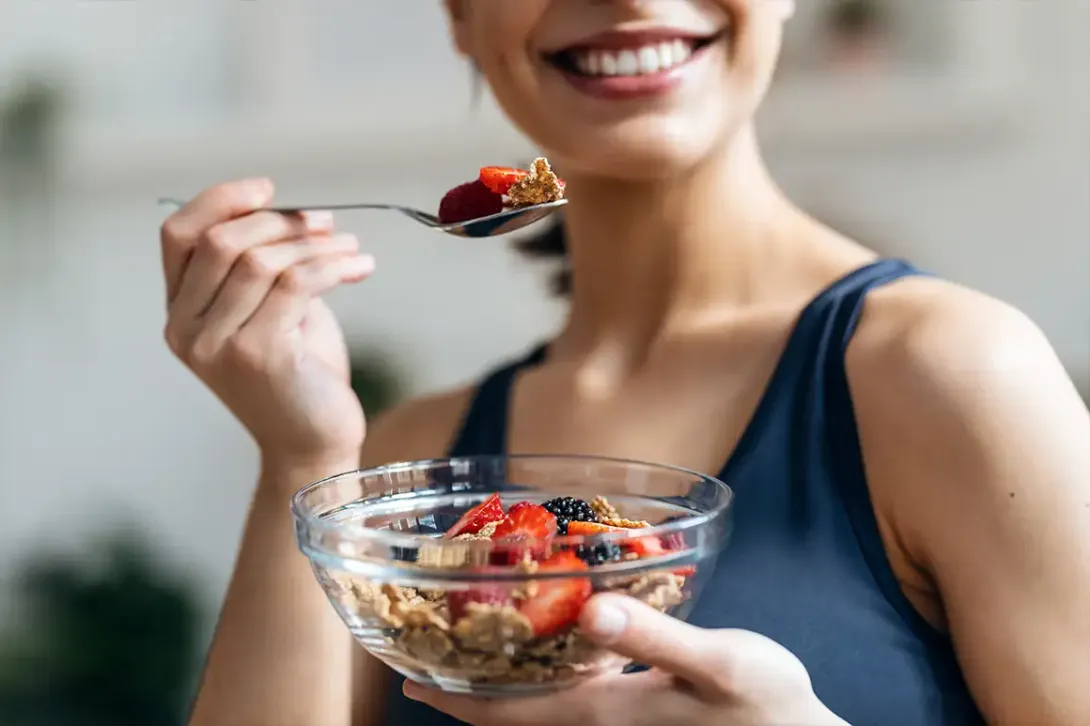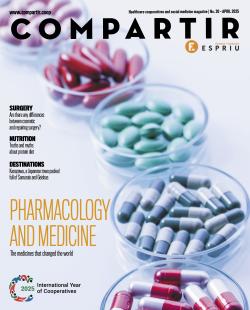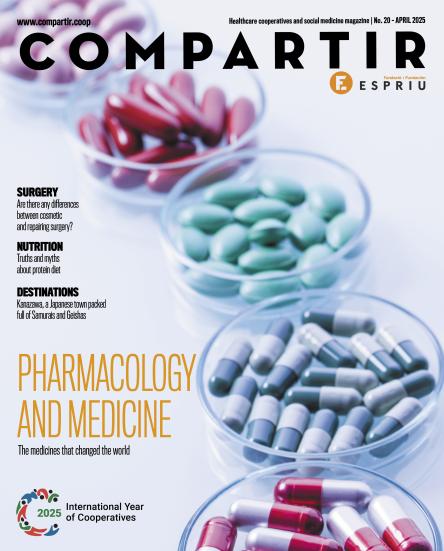
How to increase iron absorption? These are the most iron-rich foods
Find out which foods have the highest iron content and how to combine them to increase iron absorption.
Iron is an essential mineral for the body. It is involved in the synthesis of haemoglobin and red blood cells, as well as in the normal operation of the immune system and metabolism. It also has a role in the transportation of oxygen around the body and helps to reduce tiredness and fatigue.
What happens when there is not enough iron?
Iron deficiency is a common cause of anaemia, if there is not enough haemoglobin to carry oxygen. Therefore, some of the most common symptoms are tiredness, dizziness, feeling fatigued and weak, etc. Women of childbearing age are more at risk of iron deficiency anaemia due to blood loss during menstruation. Men, on the other hand, tend to absorb and store iron better.
Excess iron, or haemochromatosis, is also harmful for one’s health. In fact, it has been linked to coronary heart disease, metabolic disorders and premature ageing. It is therefore important to keep in mind that the following recommendations are intended for people with iron deficiency or at risk of iron deficiency.
Foods rich in iron:
Iron is obtained from food. There are two types of iron, haem iron and non-haem iron. Haem iron is found in foods of animal origin and is more readily absorbed. Non-haem iron, on the other hand, is less bioavailable and is found mainly in legumes, green leafy vegetables, nuts and cereals.
Some of the foods richest in iron include:
- Offal such as liver, lung and kidneys.
- Red meat such as veal.
- Molluscs such as cockles and clams.
- Fish such as salmon or anchovies.
- Eggs, especially egg yolks.
- Sesame seeds.
- Lentils.
How can iron absorption be increased?
To increase iron absorption, it is advisable to combine iron-rich foods with substances that improve its solubility while also separating them from the intake of other foods that can interfere with absorption.
In short, in a healthy population there is no need to keep track of the combination of iron-rich foods. Maintaining a healthy diet should be sufficient. This is a strategy for anyone who might suffer (or be at increased risk of) deficiency and want to make changes to their diet to ensure enhanced absorption of this mineral.




